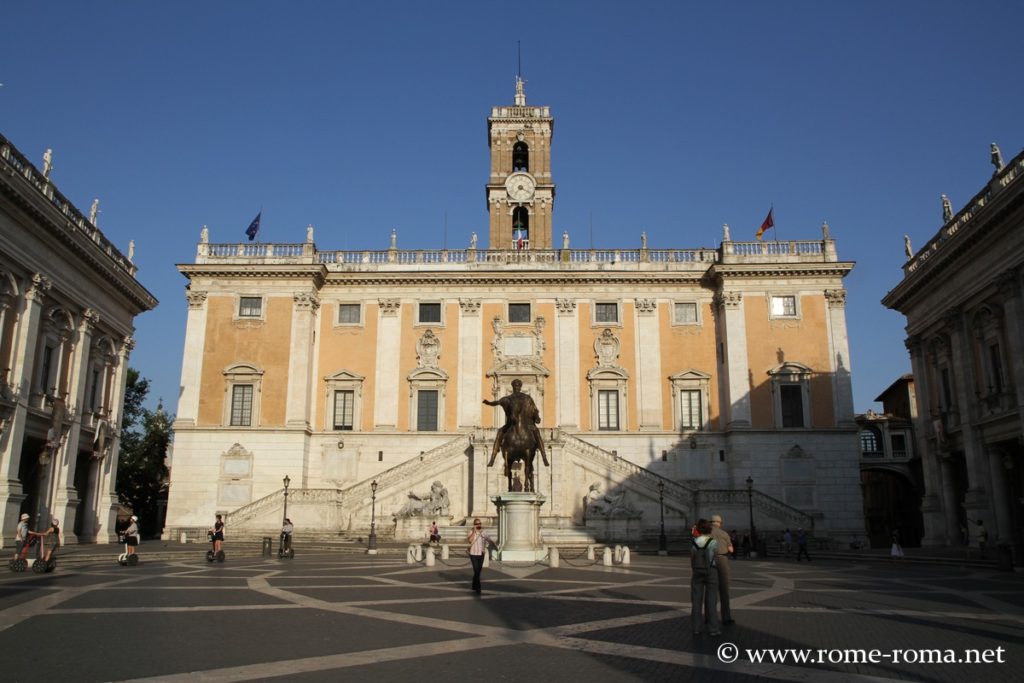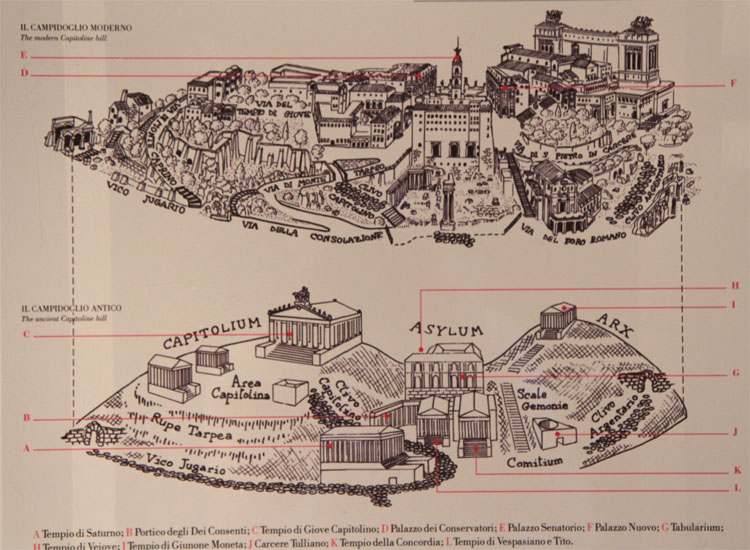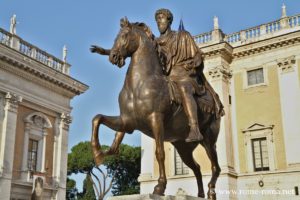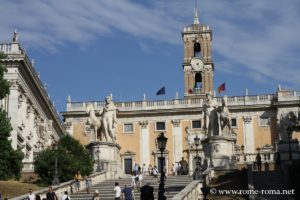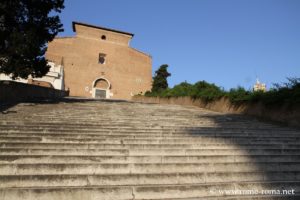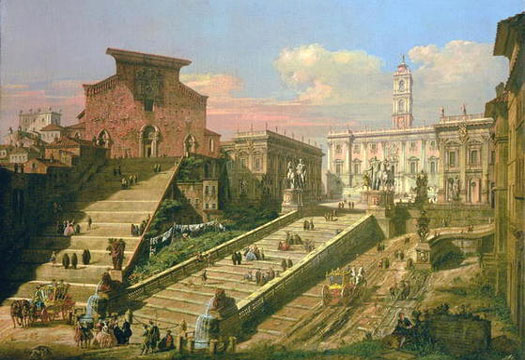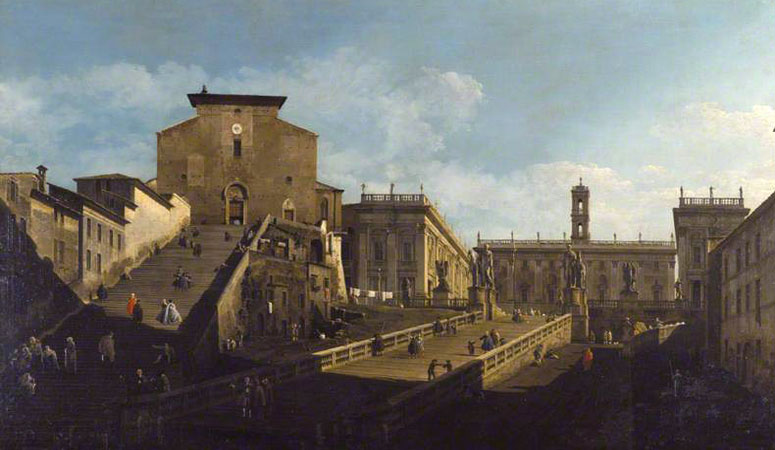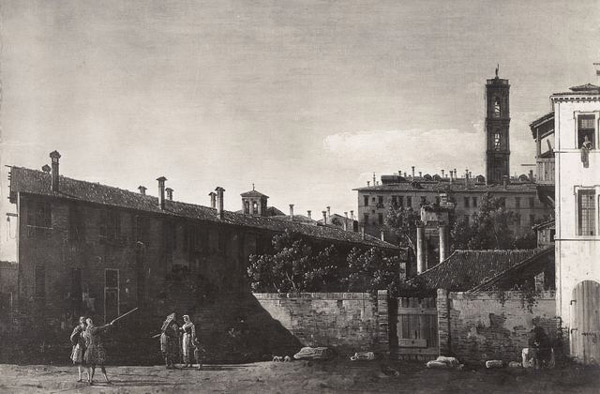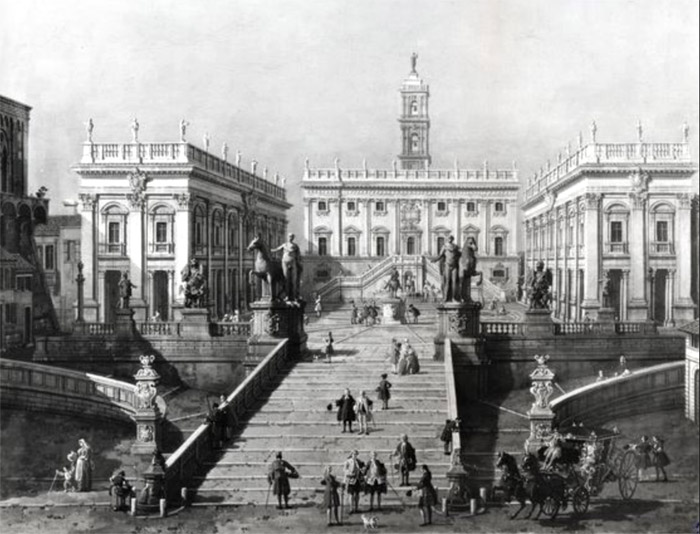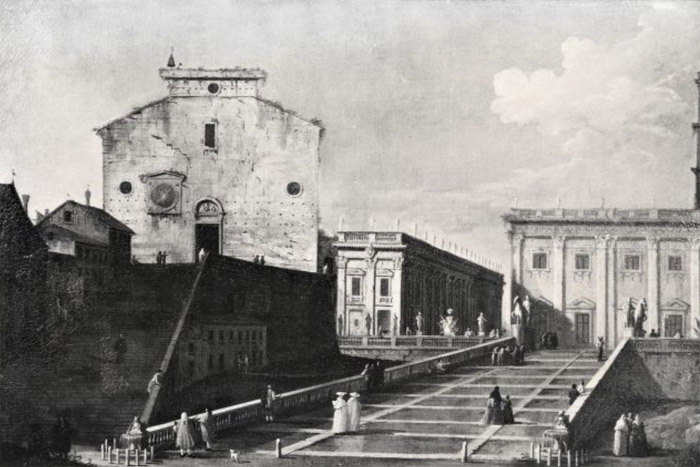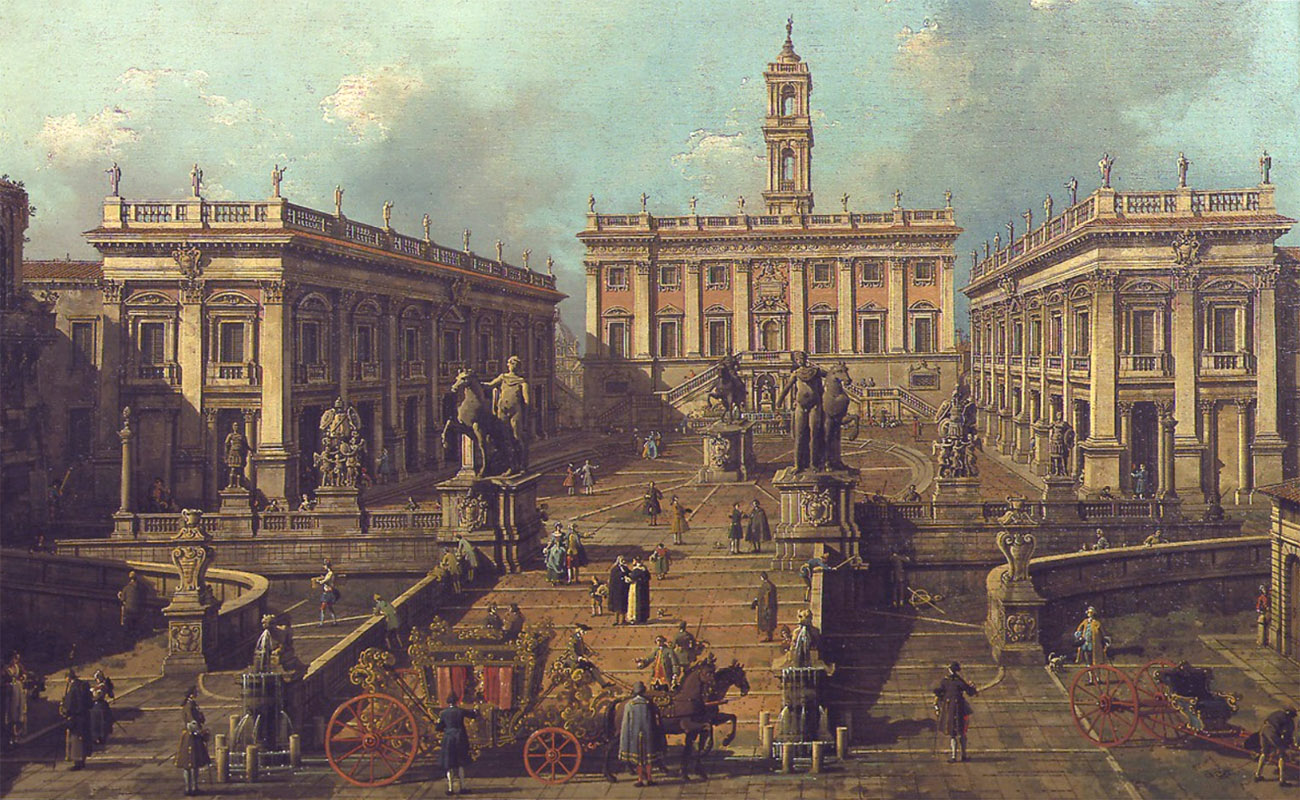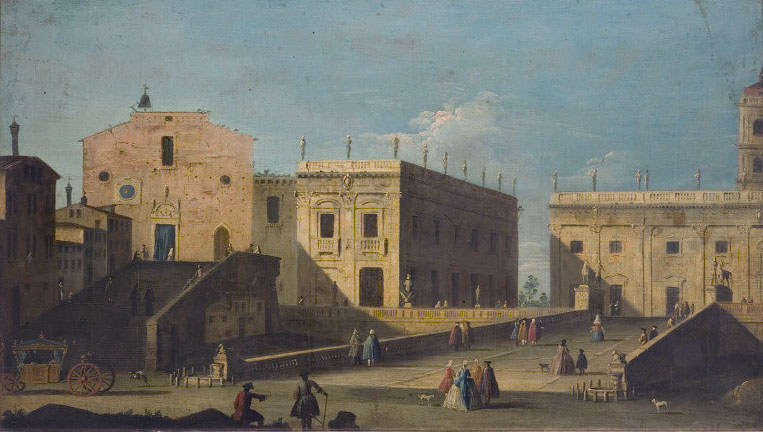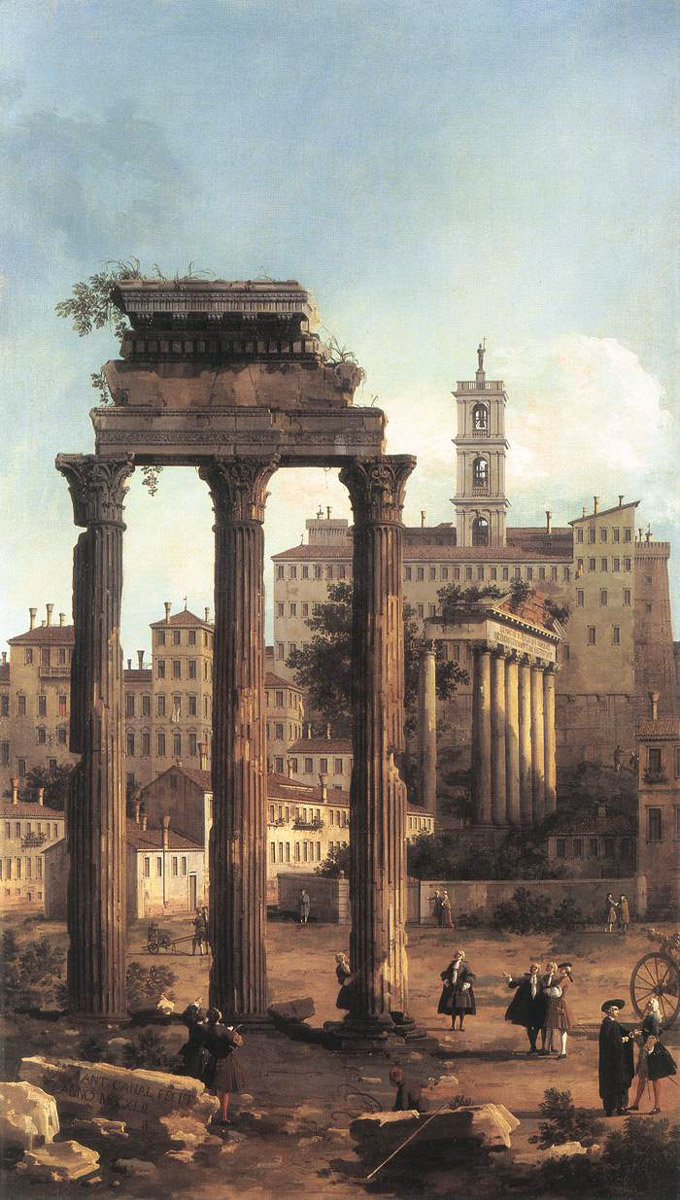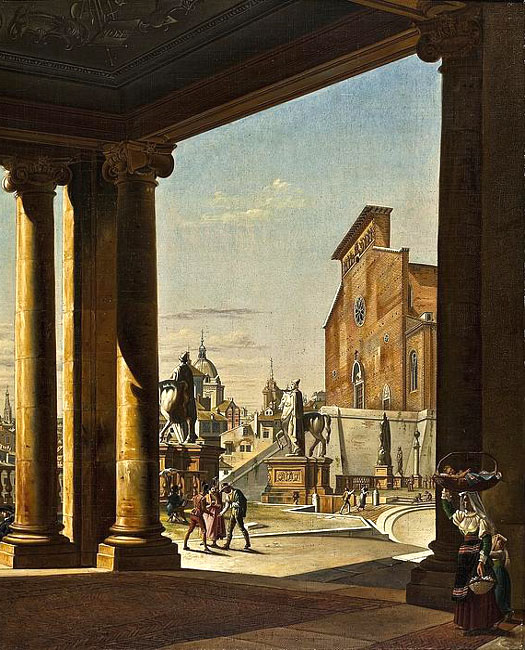The Capitoline Hill Square, spiritual heart of Rome, rises on the hill that has been the city’s centre since its origins. Designed by Michelangelo in the 16th century, it is a masterpiece of harmony. From this peaceful site and its surroundings emanates the full force of Roman history, mixed with an inspiring energy and profound serenity. The elegant palaces surrounding it house the Capitoline Museums, rich with vast collections of antiquities, while the equestrian statue of Marcus Aurelius, the Renaissance staircase, the imposing statues of Castor and Pollux, and the majestic Santa Maria in Aracoeli Church captivate both sight and imagination.
Origin and Role of the Capitoline
The Capitoline has been considered the centre of Rome since Antiquity, when it was the seat of power and the religious heart of the city, with several now‑lost temples, including the very important Temple of Jupiter Capitolinus. Kings, emperors, and Roman leaders over the centuries sought to leave their mark on this mythic site. Thus, this location underwent many architectural transformations, involving the great artists of various eras. The square spreads over the Asylum, the expanse between the two high points of the hill—the Arx and the Capitolium—where the important ancient Tabularium stood. In Antiquity, it was accessed from the Roman Forum side. After the fall of the Empire, the hill was abandoned, becoming in the Middle Ages pastureland, as recalled by its name “Monte Caprino” (literally ‘Goat Hill’). The area began to be revitalised in the 12th century, when the Commune of Rome installed its seat in the Tabularium with the Senatorial Palace, and a palace was built in the 13th and 14th centuries. Until 1470, Rome’s main market was held on the Capitoline.
Michelangelo’s Design
The present Renaissance‑style square, elegant and harmonious, was conceived by Michelangelo at the initiative of Pope Paul III (1534–1549). It opens to the west, whereas in Antiquity the view was clear towards the Forum. Michelangelo redesigned the existing palaces and built a third: the Palazzo Nuovo, opposite the Palace of the Conservators. These two identical buildings contribute to the harmony of the square, which took on its current trapezoidal shape with a symmetry axis facing the new façade of the Senatorial Palace (Palazzo Senatorio). Previously, its main façade faced the Forum. Michelangelo created the double‑ramp staircase against the Senatorial Palace and, on the opposite side of the square, the monumental access staircase called the Cordonata, adapted for equestrians. He remodelled the façades, adding notably the portico to the Palace of the Conservators, and designed the pavement. These works, begun in 1546, were completed during the 17th century. The reclining statues flanking the fountain against the Senatorial Palace façade represent the Tiber and the Nile, and at the centre stands the Goddess Rome.
What to See Around the Square
In the centre of the square, the equestrian statue of Marcus Aurelius (120–180), standing 2.70 m tall, is a cast of the original bronze kept in the Capitoline Museums. Transferred here in 1538 from the Lateran by order of Paul III, it is one of the few surviving bronze statues from Antiquity. It depicts the emperor as victor over the Germans, raising his right hand in a gesture of peace, and is considered in art as the “perfect model” of an equestrian statue.
The palaces surrounding the square are steeped in history. The Palace of the Conservators, which replaced the 14th‑century guild halls, was transformed by Michelangelo and completed by Giacomo Della Porta (1564–1568). It housed the conservators, municipal officers responsible for urban planning and building maintenance, as well as offices of merchant and artisan guilds. The Palazzo Nuovo, a copy of the Palace of the Conservators, was completed by the Rainaldi brothers (1603–1654) and is now a historic Capitoline Museums building, housing significant antiquities collections. The Senatorial Palace, seat of Rome’s city hall, was built in the 13th century on the foundations of the Tabularium.
From the foot of the square, a broad marble staircase leads up to the medieval church of Santa Maria in Aracoeli, also accessible from the top of the square. This basilica, dating back to the 4th century, is said to stand on the spot where, according to legend, the Sibyl prophesied to Augustus the arrival of the Redeemer. Entrusted by Innocent IV to the Franciscan monks in 1250, it was rebuilt in a Roman‑Gothic style. Its majestic interior, rich in history, preserves a remarkable fresco painted in 1486 by Pinturicchio illustrating the story of Saint Bernardino.
From the balconies of the palaces, visitors can enjoy beautiful views of the Roman Forum on one side, the ghetto and the Theatre of Marcellus on the other. Around the square, northern views open up towards the ghetto and the Theatre of Marcellus, while the other side reveals vistas of the Roman Forum and Imperial Forums.
At the top of the Cordonata, whose balustrades are decorated with antique marbles, stand the colossal ancient statues of the twin demi‑gods Castor and Pollux, sons of Jupiter, also called the Dioscuri. The base of this staircase is flanked by two Egyptian black basalt lions.
Summary List: What to See / Do
- The harmony of the square, with its pavement, its symmetrical palaces, etc.
- The equestrian statue of Marcus Aurelius at the centre of the square
- Explore the Capitoline Museums, housed in the Palace of the Conservators and the Palazzo Nuovo
- The monumental Cordonata staircase
- The Senatorial Palace, seat of Rome’s city hall, built on the foundations of the Tabularium, with the fountain featuring statues of the Tiber, the Nile, and the Goddess Rome on its façade
- The Santa Maria in Aracoeli Church, accessible via a broad marble staircase
- Panoramic views from the square, its surroundings, and palace balconies – of the Roman Forum, the ghetto, and the Theatre of Marcellus.
→ Also see: Visit the detailed page on Capitoline Hill Square with a photo tour
Articles about the square and the ancient Capitol
- Capitoline Museums
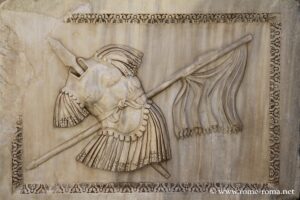 The Capitoline Museums, or *Musei Capitolini* in Italian, are located in the palaces on Capitoline Hill—namely the Palazzo Nuovo and the Palazzo dei Conservatori. They ...
The Capitoline Museums, or *Musei Capitolini* in Italian, are located in the palaces on Capitoline Hill—namely the Palazzo Nuovo and the Palazzo dei Conservatori. They ...
Ancient views in art
Map and address
Address : Piazza del Campidoglio, 00186 Roma RM, ItalieIf you see this after your page is loaded completely, leafletJS files are missing.
Information
| Piazza del Campidoglio, 00186 Rome |
Sources and links to learn more:
|

